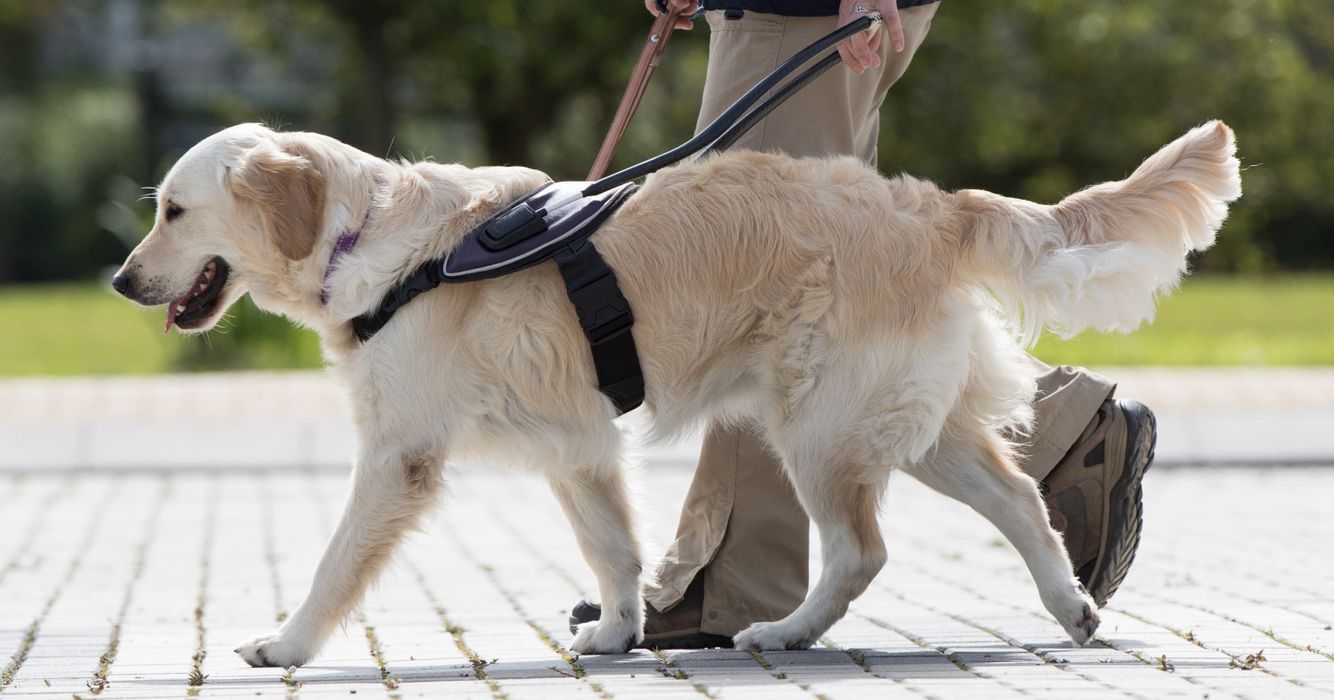Blind trust
Today is International Guide Dog Day. We like to take a moment to remember that. After all, for our organization, our customers and the end user it is quite normal to put their waste in an underground container. But what about the visually impaired, blind and wheelchair users? Some of this group of people have a guide dog or an assistance dog at their disposal. But how can these dogs help their owners in this situation? How does such a thing work and how do the owners manage to get the dog to take them to the right destination? We talked about this with Carla Bilstra, project leader for education at KNGF Guide Dogs.
Start of a career
Everything starts with proper training. When puppies are eight weeks old they go to a puppy foster home. Here they spend their first year and learn basic commands. When they are about 14 months old they are allowed to go to school and it is time to learn at KNGF Guide Dogs how to help their future owner lead a more independent life. During the first few weeks at school, we see where the dog’s talent lies. Will he start a career as a guide dog for the blind, an autism dog or will he become an assistance or buddy dog after all? And then it’s time to learn. Trainers work with the dogs every day. Guide work is learned through play and positive rewards.
The perfect match
As the training comes to an end, it is determined which client is the ideal match for the soon-to-be-graduated dog. For example, a dog with a quick stride is matched with someone who walks briskly. Does the dog enjoy spirited challenges? Then it is matched with an enterprising person. Once the match is made, the new pair goes to work together during instructional weeks. This allows them to get used to each other and the instructor teaches owner and dog to work together optimally. When everything is running smoothly and the match has proven successful, the two may go home together. Once they know each other really well, a unique and close duo is created.
